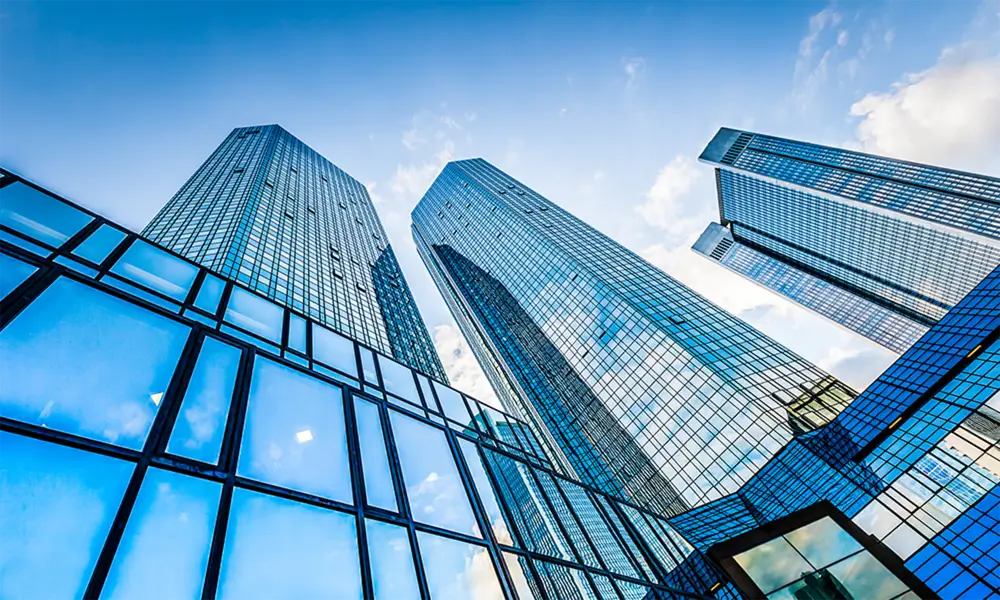

Float Glass Sheets A Reflection of Quality and Versatility
Float glass sheets, a popular choice in the glass manufacturing industry, are known for their outstanding quality and remarkable versatility. These sheets are produced through a process involving molten glass that is floated on top of molten tin, leading to a perfectly flat and smooth surface. This innovative manufacturing method was developed in the 1950s and has since revolutionized the way glass products are created.
The Manufacturing Process
The production of float glass starts with raw materials, primarily silica sand, soda ash, and limestone, which are mixed and heated until they melt. This molten glass is then carefully poured onto a bed of molten tin, creating a flat, level surface. The glass floats on top of the tin, which maintains a consistent thickness, ensuring that the final product is uniform and free from defects. This technique allows manufacturers to produce sheets of varying thicknesses, catering to different applications, from windows to decorative elements.
Once the glass has cooled and solidified, it can be cut into various sizes and shapes, making it suitable for a wide range of uses. The surface of float glass is typically very smooth and clear, making it ideal for applications where optical clarity is crucial. Additionally, the manufacturing process results in glass that is highly resistant to distortion, which is essential for architectural and automotive applications.
Applications of Float Glass Sheets
Float glass sheets are used across various industries, thanks to their inherent properties. In the architectural and construction sector, they are a preferred choice for windows, facades, and curtain walls. Their transparency allows natural light to flood interiors, enhancing the overall aesthetic appeal of buildings while reducing the need for artificial lighting. Moreover, the thermal performance of float glass can be enhanced through coatings that improve energy efficiency, making it a sustainable option for modern architecture.

In the automotive industry, float glass is used for windscreens and side windows. The clarity and strength of float glass make it an ideal choice for ensuring safety and comfort in vehicles. Additionally, advancements in glass technology have led to the development of laminated float glass, which adds an extra layer of safety by holding shattered glass pieces in place during an accident.
Home décor is another area where float glass shines. It can be transformed into mirrors, tabletops, and shelving, providing a sleek and contemporary look to any space. Float glass can also be treated with various finishes and coatings, allowing for customization that meets the specific design needs of a project.
Innovations in Float Glass Technology
The float glass industry has seen numerous innovations in recent years, driven by the demand for energy-efficient and environmentally friendly products. Low-emissivity (low-E) glass, for example, is designed to reflect heat while allowing light to pass through, making buildings more energy-efficient. Similarly, self-cleaning float glass technologies utilize special coatings to break down dirt and grime, making maintenance easier for homeowners and businesses.
Another area of development is the incorporation of smart technology into float glass. Smart glass, which can change its opacity or color in response to an external stimulus, is gaining popularity for use in offices, homes, and vehicles. This innovation not only enhances privacy but also contributes to energy savings by controlling light and heat entry.
Conclusion
Float glass sheets represent a remarkable blend of science, innovation, and design. Their ability to provide clarity, strength, and versatility makes them an indispensable material in multiple sectors, from construction and automotive to home décor. As technology continues to advance, the future of float glass is bright, paving the way for even more innovative applications that prioritize sustainability and functionality. Whether enhancing the beauty of a building or ensuring the safety of passengers in a vehicle, float glass sheets are an exemplary testimony to the progress in glass manufacturing.